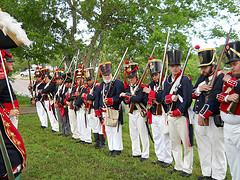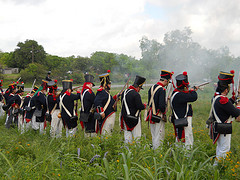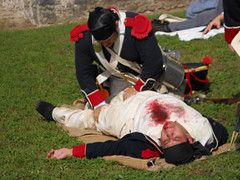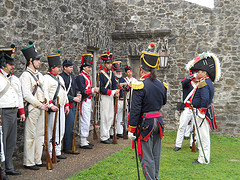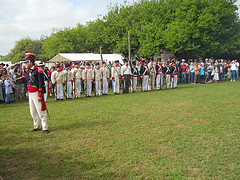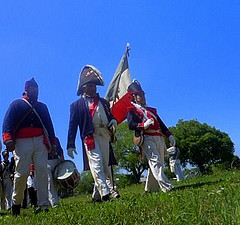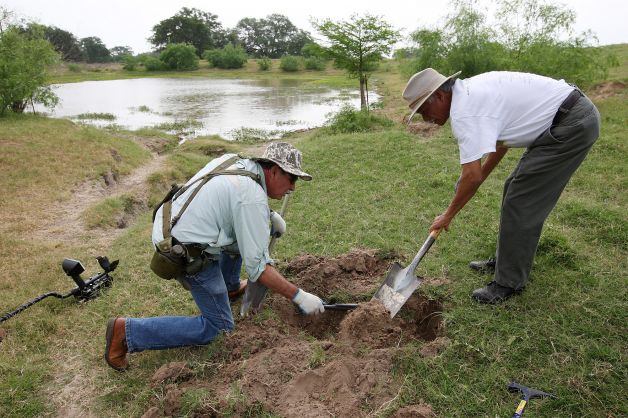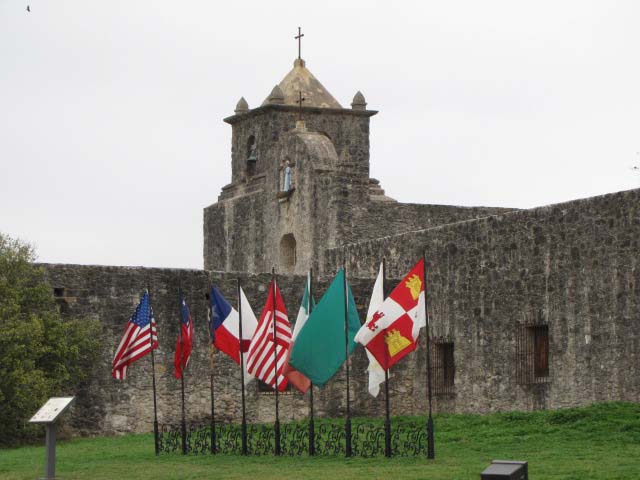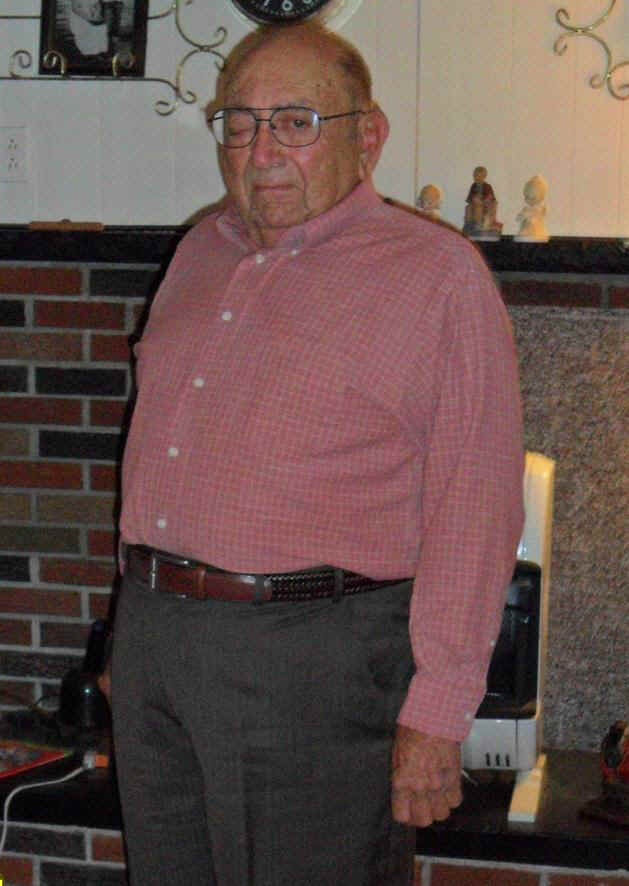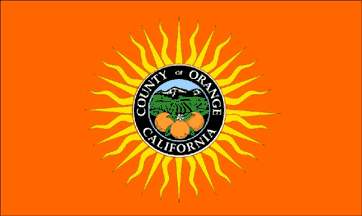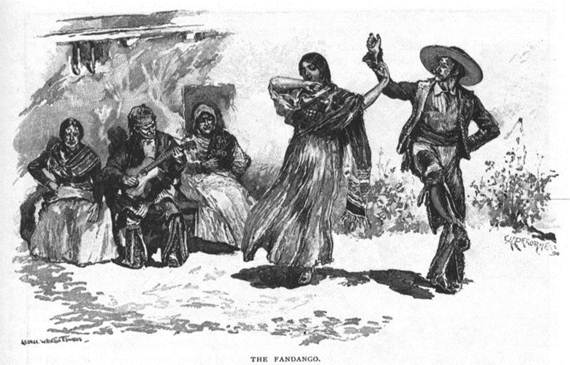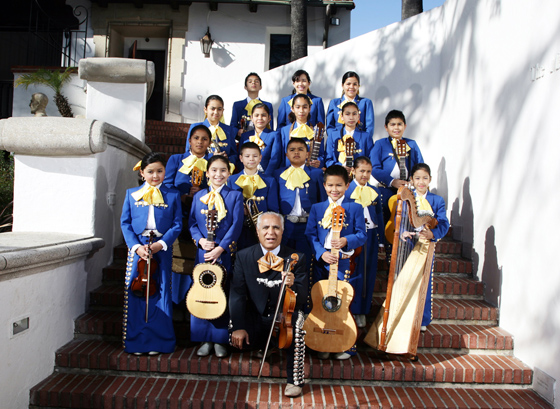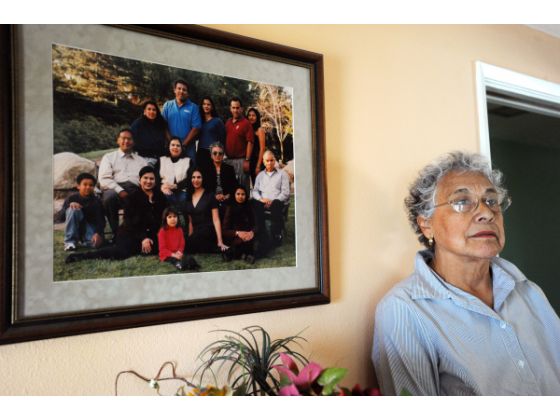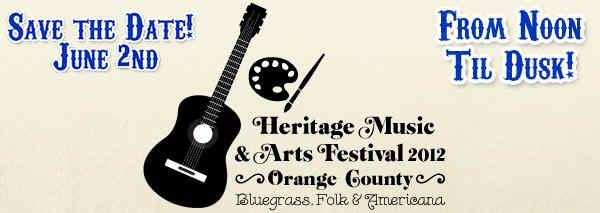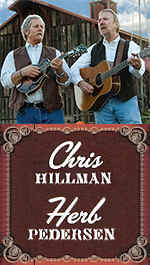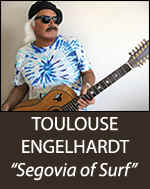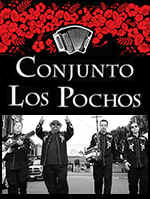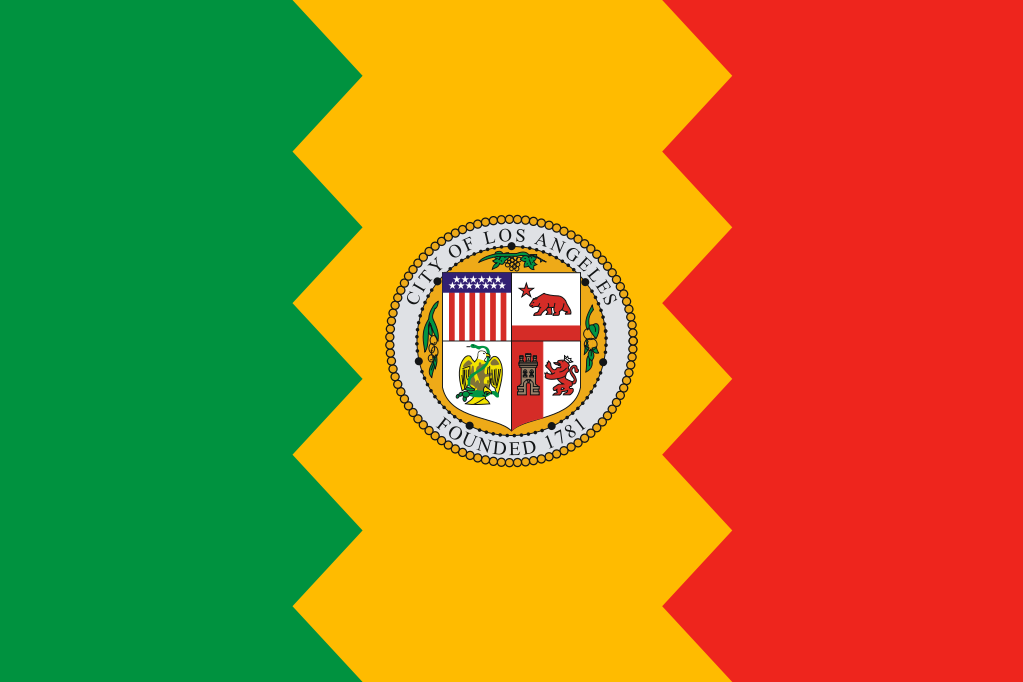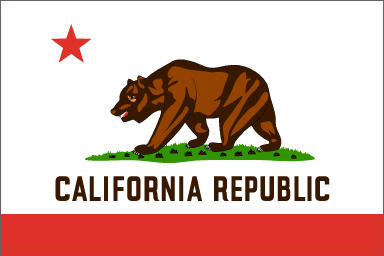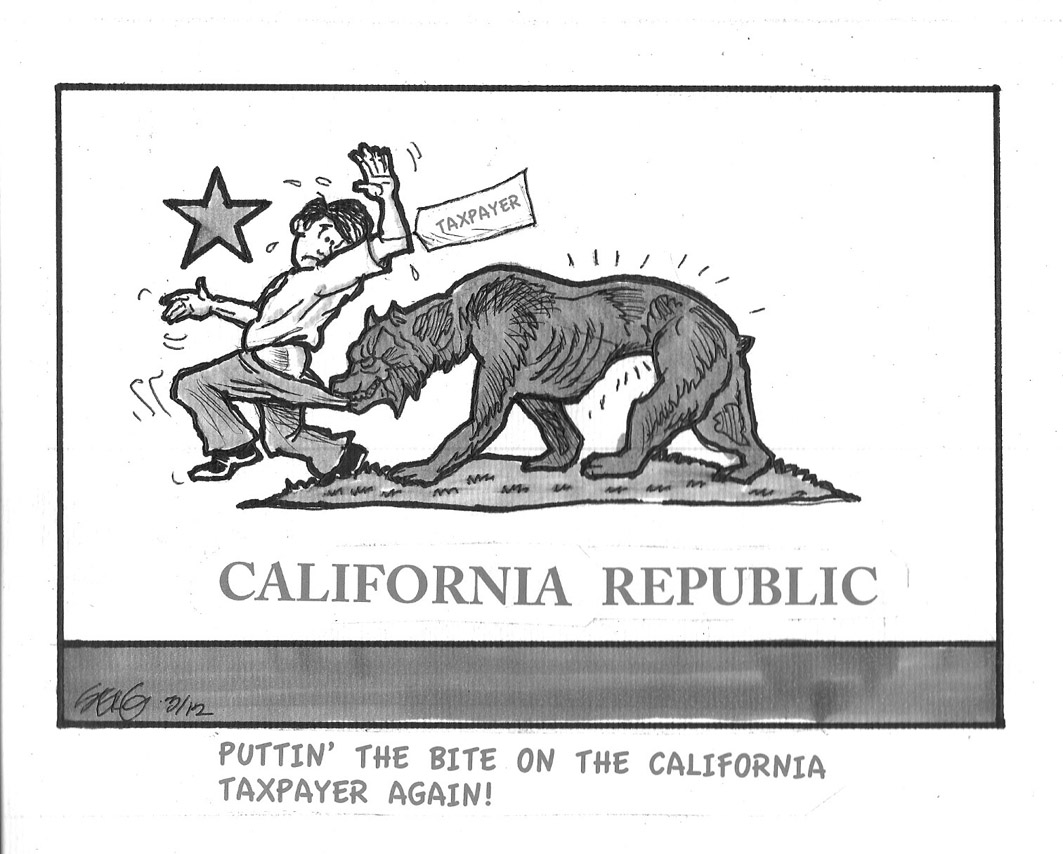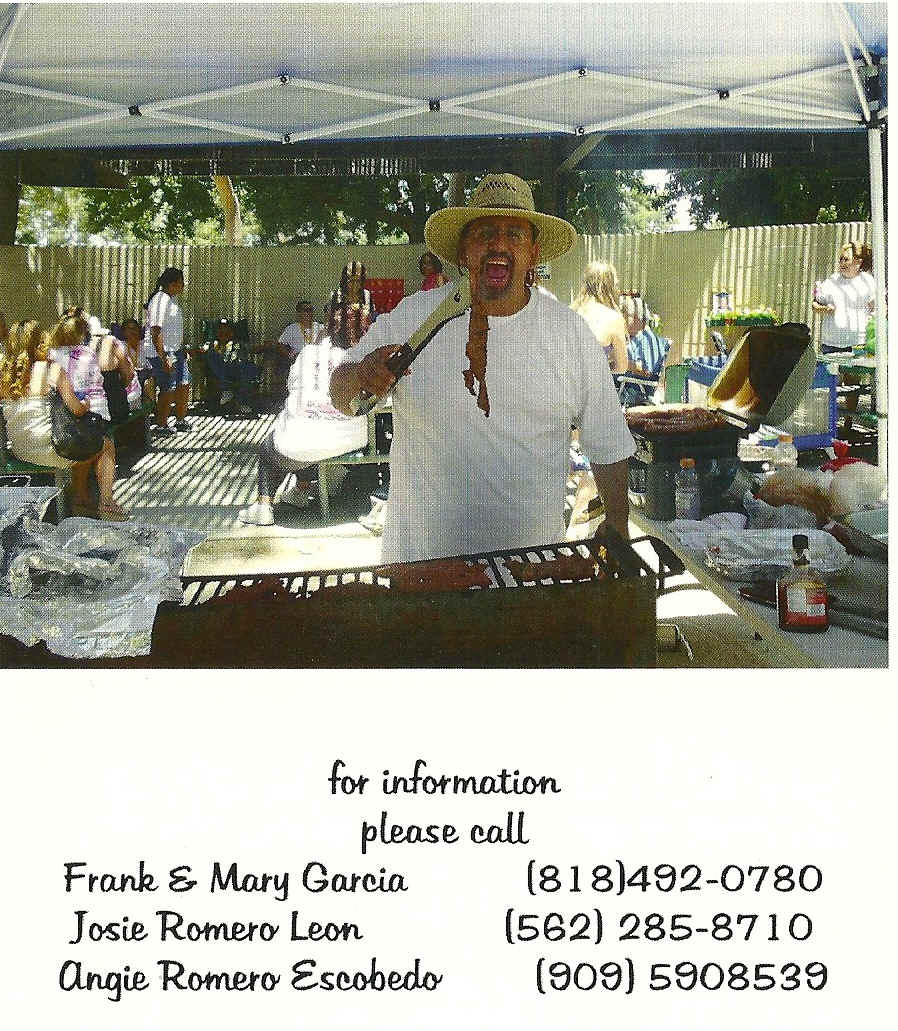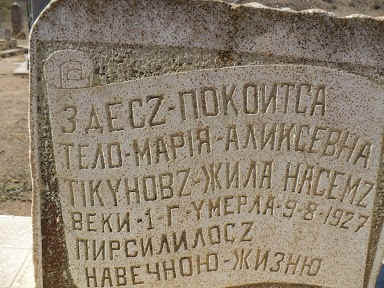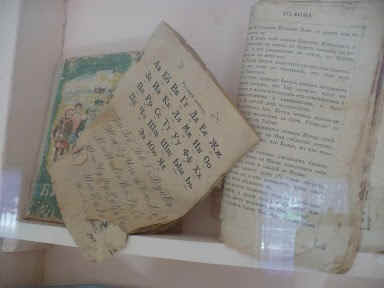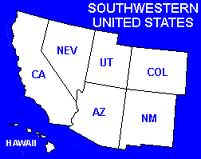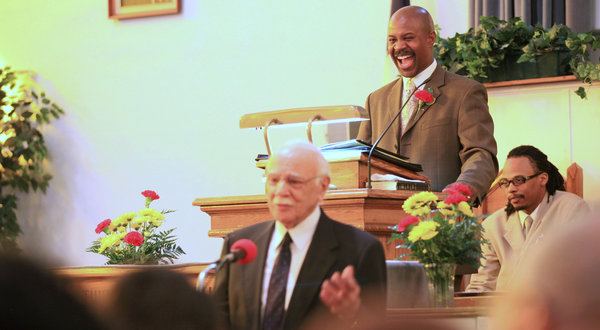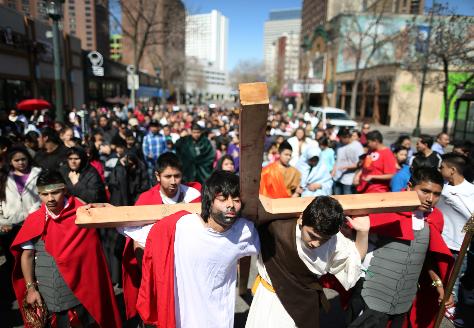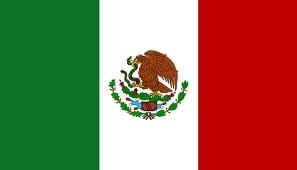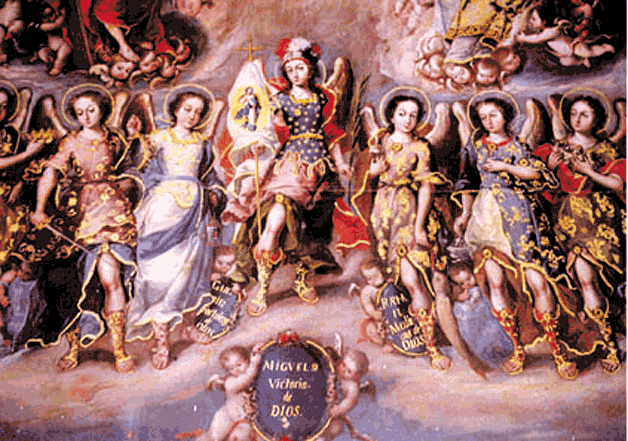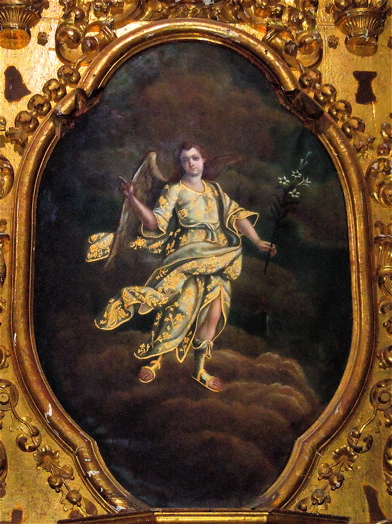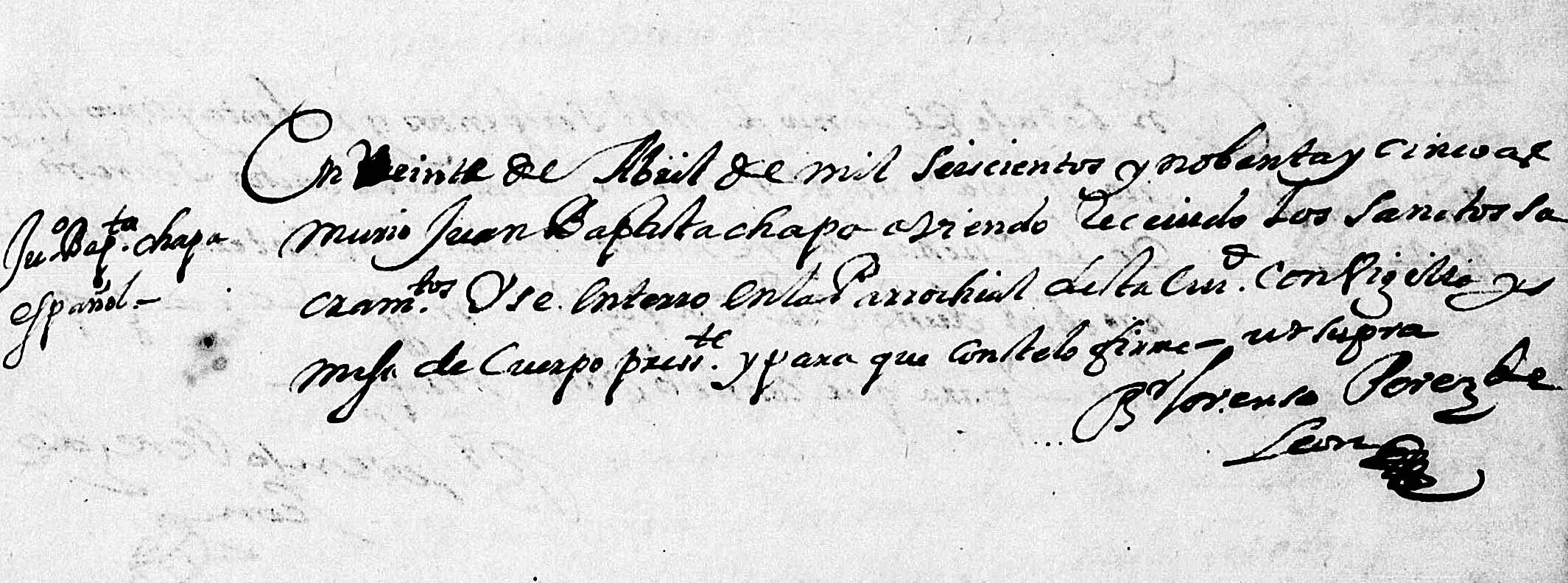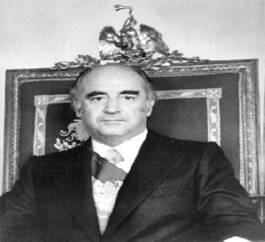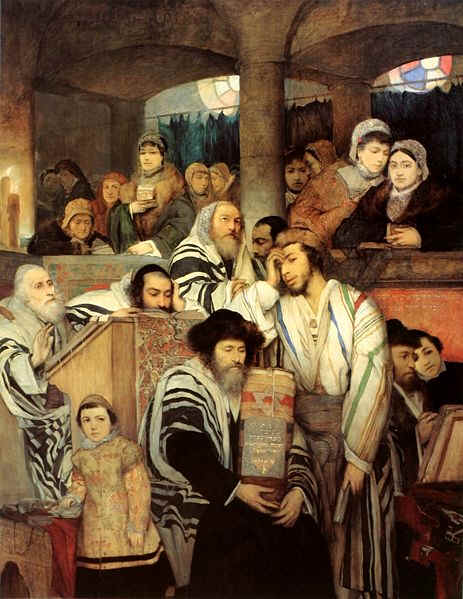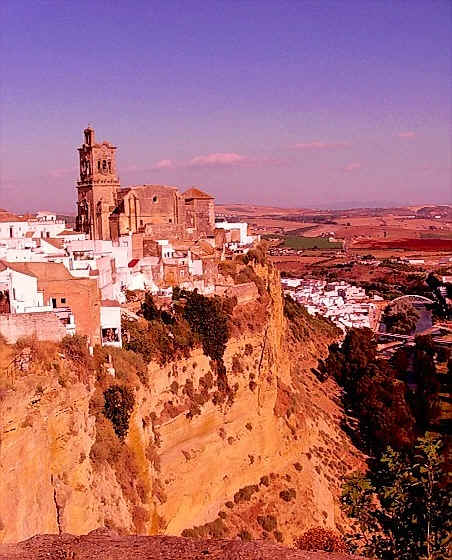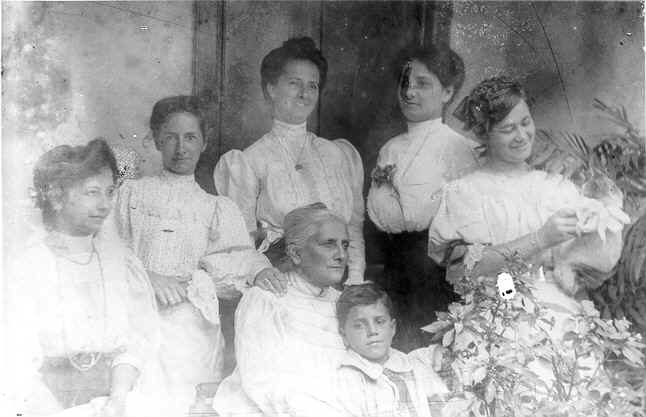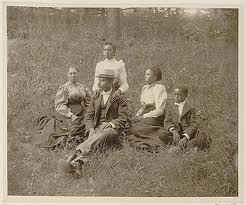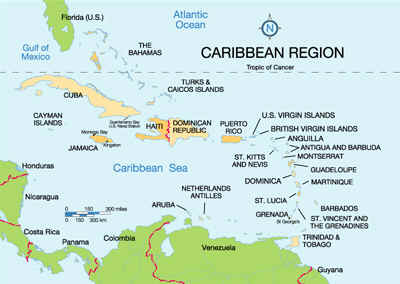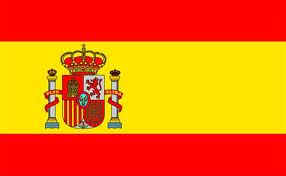Luis de Carvajal, the younger
(d. December 8, 1596, Mexico City), son of Doña
Francisca Nunez de Carbajal and Don Francisco Rodriguez de Matos,
and a nephew of Don Luis de Carvajal y de la Cueva, governor of
Nuevo Leon, New Spain. He was a Spainard by birth, and a
resident of Mexico City. In 1596, he weas condemned to death by
an auto-de-fe. Having been "reconciled" of his
sins, on February 24, 1590, he was sentenced to perpetual
imprisonment in the lunatic hospital of San Hipolito. On
February 9, 1595, he was again arraigned as a "relapso,"
subsequently testifying against his mother and sisters (if the
records are to be believed). On February 25, during one of the
hearings, he was shown a manuscript beginning with the words:
"In the name of the Lord of Hosts" (a translation of
the Hebrew invocation, "be shem Adonay Zebaot"), which
he acknowledged as his own book, and that it contained his
autobiography. On February 8, 1596, he was put on the rack
from 9:30 in the morning until 2 in the afternoon, and during
this torture, he denounced no less than 121 persons, though he
later repudiated his confession.
He and his brother, Baltasar, composed hymns and
dirges for the Jewish fasts: one of them, a kind of "widdui"
(confession of sin) in sonnet form, is given in El Libro Rojo.
The following story is on Don Luis relationship
with Dona Justa Mendez.
----------------
Francisco Mendez married Clara Enriquez ,
(parents of Justa Mendez)
Their known children:
1) Gabriel Mendez-Enriquez
2) Justa Mendez-Enriquez
Justa Mendez met Don Luis Rodriguez de Carvajal,
the younger, (El Mozo). Never married, from this relationship,
he sired a son named Abraham Israel Fernandez de Carvajal (AKA
Antonio Fernandez de Carvajal).
The following is an article written by the Jewish
Historical Society of England.
Don Abraham Israel Fernandez de Carvajal (AKA
Antonio Fernandez de Carvajal) was married to Maria
Rodriguez-Nunez, residents of London, England..
Antonio Fernandez de Carvajal
On the basis, therefore, that the Ferdinand(o)
ancestral line probably passes back through Antonio Fernandez de
Carvajal, I will summarise here the life of this remarkable
individual. Throughout this section I will rely, generally
without further reference, on the secondary sources provided by
numerous publications of the Jewish Historical Society of
England, the wide range of which reflect the importance ascribed
to Carvajal by modern Anglo-Jewish scholars. Primary sources are
generally listed, and often reproduced, within the respective
articles. For convenience I will generally adopt the z
ending of his first surname, though the sources as often use an
s ending.
Early Life
Some periods and aspects of Carvajals life and
character are very well documented, especially those regarding
his trading activities. In other respects, however, he remains a
shadowy and mysterious figure, and this is nowhere better
exemplified than in regard to his birth and early life. By his
own account, giving evidence in a court case in later years,
Antonio Fernandez Carvajal spent part of his early life in Fundão,
a small town of Lower Beira in central Portugal below the
northern slope of the Serra da Guardunha, where he was part of
the large and flourishing crypto-Jewish (or marrano)
community who hid their Judaism in order to avoid persecution.
This has sometimes been taken to indicate that he was born
there, as indeed is possible, though it has also been suggested
that he was born in the Canary Islands. It has, however, also
been stated that he spent part of his early life at Santa Cruz
in the Canary Islands, though this is not, of course,
necessarily incompatible with his own account of having spent
time in Fundão. For the time being, at least, his precise place
of birthremains unresolved, though there seems little doubt that
he had early connections both with Fundão and with the Canary
Islands. It has been suggested that he may have been born a
Christian and converted secretly to Judaism, perhaps as a
reaction to the intolerance of the Inquisition, it being stated
in ref.(vi) of footnote 40 that this was true of a large
proportion of the marranos, including those who settled in the
Canary Islands, and in particular including a number of other
Carvajals there.
The writer suggests that the fact that the
discovery in due course that Carvajal had embraced Judaism
caused great surprise also contributes towards the notion that
he was not a Jew by birth. This, therefore, may be perhaps the
likeliest scenario on the evidence, though it remains a
possibility that he was born into a Jewish family which, while
publicly practising Roman Catholicism to evade persecution,
privately adhered to Judaism (ie New Christian, as
distinct from Old Christian borninto the Christian faith).
Whichever of these possibilities represents the truth, these
were dangerous
times for such heresies, and many Jews perished in flames at the
stake during and after this period, both in mainland Spain and
Portugal and in colonies elsewhere, some Carvajals amongst them.
The harshness of the Inquisition regime is illustrated by the
fact that if a victim recanted his or her Judaism at the last
moment and declared themself converted to Christianity, the only
dispensation granted to them was to be garroted at the stake,
thus avoiding the agony of the flames. It has often been stated
that Carvajal was born around 1590, but from his own later
evidence in a court case it appears more
likely that he was born in about 1596-97.
The Inquisition was very active against the Jews
in Portugal during the first quarter of the 17th
century, particularly in Coimbra, a major centre about 50 miles
from Fundão, and this led to a large migration of Jewish
merchants from Portugal to the Canary Islands, where there was
in consequence a revival of marranism. It is likely that
Carvajal was involved in this wave of emigration, whether as a
child or a young adult. He acquired substantial property in the
Canary Islands, and seems to have begun there the process of
establishing himself as a significant merchant. The earliest
reference I have come across which might possibly relate to him
appears in the records of a court case in Amsterdam in 1627, in
which a 35 year old Portuguese in Amsterdam named Antonio
Fernanadesgave a witness statement (see ref.(xviii) in footnote
41). Although the age would not be quite right
and the name is inconclusive, in particular omitting Carvajal,
it would not be inconsistent with what we learn of Carvajal in
later years that he may, perhaps temporarily, have been in
Amsterdam, which at the period contained a significant
population of Sephardic Jews from Spain and Portugal. This must,
though, remain nothing more than an intriguing possibility.
In 1631 the Inquisition acted in the Canaries
against the influx of immigrants, and investigations revealed a
colony of wealthy Jewish merchants there. It is stated in
ref.(iv) in footnote 41 that a Jorge Fernandez who was included
on a list of people suspected of being hidden Jews was
Antonios brother, though a few years later the same writer
suggests merely that he may have been a close relative of
Antonio (see ref.(vi) of footnote 41). Whatever the truth of
this suggestion, it seems not unlikely that these investigations
and the persecutions they threatened may have persuaded Antonio
to emigrate for a second time to escape the Inquisition. Now in
his thirties, it is likely that he was by this time becoming a merchant of some substance.
Carvajal next made his home and continued his
business activities in Rouen, a city in northern France which
held a small community of Sephardic Jewish merchants with
trading connections in various other European cities. In a
London court case a few years later Carvajal stated that he had
lived in Rouen for 3 years, although it appears likely from the
evidence that the actual length of his stay there may have been
somewhat shorter than this. Like so many other parts of Europe,
Rouen proved not to be immune from the threat of persecution for
the Jews, and as an illustration of what this meant in practice
I will summarise the events that lead to Carvajal moving on yet
again. In 1632 an member of the Rouen marrano community named
Diego Oliveira wished to obtain a grant of naturalisation, and
as part of the process approached a Spanish priest then resident
in Rouen for a certificate of good conduct in relation to
religion. He seems to have chosen badly, since the priest was an
anti-Jewish zealot, and he denounced Oliveira to the
ecclesiastic court as a Judaiser. Oliveira in turn accused the
priest of espionage for Spain in collaboration with a
representative of the Inquisition who had recently come to
France. The court reacted by imprisoning all three and referring
the case to the Parliament of
Rouen, which body was opposed to the grant of
naturalisation to the Portuguese immigrants and, in turn,
referred the matter on to the Royal Court. The priest was
released and ordered to provide evidence for his accusations,
and several members of the Spanish and Portuguese community came
to his support. At least one of these was a former Jew who was
now fully committed to Catholicism and welcomed an opportunity
to denounce his former compatriots as Judaisers. Early in 1633 a
list of 36
alleged Judaisers, including Antonio Fernandes
de Carvajal, was produced, and this inevitably caused
consternation within the marrano community. While most of those
denounced remained in the city others, including Carvajal,
decided that discretion was the better part of valour and fled.
So for the third time in his life Carvajal emigrated to avoid
the threat of persecution, this time to London. Following the
dismissal by the Paris Court of the apostacy charges against
Oliveira, most of those who had fled returned to Rouen, where
the marrano community continued largely unscathed. However, for
whatever reason, Carvajal decided not to return, though he
retained trading links with the city.
So, still in his thirties, and already
established as a substantial merchant, Carvajal began his new
life in London. The Civil War was a few years ahead and Charles
I was still firmly on the throne, though most of the factors
which would bring the country into bloody turmoil were already
in place. For the merchant community, including Carvajal and his
Sephardic compatriots, times were very favourable, not least
because trade beween England and Spain was booming and economic
conditions in Spain
made this business especially profitable for
those based in England. Carvajal and his fellow Jews became an
increasingly prosperous group. I have already indicated that the
dates of Antonio Fernandez Carvajals marriage to Maria
Rodriguez Nuñez and of the births of his two sons are not known
with any precision, but it seems clear from the
facts given earlier that all these events occurred after his
arrival in London. It is unlikely that his wife was born before
about 1620, so she would still have been in her very early teens
when he first came to England. It is, however, interesting to
note that Marias brother Manuel Rodriguez Nuñez, himself a
merchant of substance, had, like Carvajal, lived in Rouen and
was included in the list of 36 alleged Judaisers during the
Oliveira affair (see ref.(xv) in footnote 41). He also moved to
London, either at the same time as Carvajal or subsequently, and
one could speculate whether his younger sister was
with him during this time, and when and where she
and Carvajal first met. It seems likely that they married in
London during the late 1630s, when she was still young, and this
merging of two of the significant merchant families within
Londons crypto-Jewish community would no doubt have been
viewed as a propitious event. Their two sons were probably born
during the early 1640s. It appears that Carvajal may have moved
to the house in Leadenhall Street in which he spent the last
decades of his life in about 1639. This emerges from the
evidence of, rather unexpectedly, Carvajals barber who, on
being called upon by Carvajal in 1656 to testify on his behalf
in a dispute, stated that he had known Carvajal for 18 years
during which time the latter had kept house first in Creechurch
Lane and then in Leadenhall Street, where he had been for 17
years.
It is tempting to speculate that Carvajals
move into the Leadenhall Street house may have coincided with
his marriage, but there is no specific evidence to support this.
An engraving purporting to be of Carvajals house in
Leadenhall Street appeared in the 18 August 1983 issue of the
London cabbies magazine Taxi. A clearer copy of the
same engraving, though described merely as an old house
formerly in Leadenhall Street, appeared on p.186 of vol.2 of
Old & New London by Walter Thornbury (Cassell, prob.
1880-90s), of which I have a copy, where a date of 1672 can
be seen on what appears to be a shop or inn front with the name
L.Litchfield and a cockerel over the door.
Alongside the main door is a scallop-shaped porch
over a decorated doorway which both publications identify as a
synagogue entrance, the Taxi article suggesting that this
is in fact the first Sephardic synagogue in Creechurch Lane. Any
identification of this building as the Carvajal house must
unfortunately be at best speculative, especially since
Carvajals house has been described as being located almost
facing the top of Creechurch Lane, in which case the Creechurch
Lane synagogue would not have been immediately alongside the
house. It is, though, possible that the Creechurch Lane
synagogue, just off Leadenhall Street, may have been correctly
identified in the engraving. The small area of the City close to
Leadenhall Street and Aldgate and contained within the parishes
of St. Katherine Cree and St. James, Dukes Place was where
the early Jewish population of London was concentrated.
Despite the fact that the Inquisition held no
power in England the pre-Civil War years were still potentially
dangerous ones for Jews in London. Although there is evidence
that limited numbers of Jews had lived in England over a long
period of time, achieving in some cases important status in
society, they were as a group still subject to the exclusion
which had begun in 1290 when Edward I expelled all Jews from the
kingdom. Consequently the small but growing number of Sephardic
merchants which emerged in London during the first half of the
17th century, whose foreignness in appearance and speech could
no doubt not be disguised, found it safer to present a public
image of
themselves as Spanish Catholics, notwithstanding
the at-times difficult relations that existed between England
and Spain. They even attended Mass at the home of the Spanish
Ambassador, whilst observing their Jewish faith within the
privacy of their own homes. That this did not entirely protect
them from a degree of persecution is borne out by the fact that
in 1640 Carvajal was successfully prosecuted for recusancy (see
ref.(x) in footnote 41). The habits of secrecy and deception
that this lifestyle demanded must by this time have been second
nature to Carvajal and his fellow Jews, conditioned as he and
they were by their earlier experiences in Portugal, the Canary
Islands and worship began to be held regularly in London, since
the first rabbi of the secret synagogue established
in Creechurch Lane was Moses Israel Athias, a
cousin of Carvajal, whom he had brought over from Hamburg.
Numerous snapshots exist of Carvajals wide-ranging trading
activities over the 2½ decades or so of his life in London,
largely as a result of his and others preparedness to resort
to legal processes in defence of their interests, with cases
arising at regular intervals between 1637 and 1658. Among the
countless products involved in Carvajals dealings were
brushes, buckram, calico, Canary wine,
canvas, cloth, cochineal, coney hats, corn,
drugs, ginger, gum arabic, gunpowder, hose, linen,
looking-glasses, Newfoundland fish, ointment, pewter, Sheffield
knives, sugar, sumach, taffeta, tobacco, whetstones, woollens,
works of art and, significantly, gold and silver bullion.
Seemingly anything which promised a profit came within his
scope. At one stage it was estimated that he was importing
bullion to a value of £100,000 per year, an almost unimaginable
sum in modern terms, especially in view of the risks which
piracy, international politics and even war posed for those
involved in the shipping of goods of such value. Carvajals
trading tentacles reached places as diverse as Bilbao, Cadiz,
Corunna, Malaga and Sanlucar in Spain, Oporto in Portugal,
Venice in Italy,
Dunkirk, Le Havre and Rouen in France, Antwerp
and Ostend in Belgium, Amsterdam in the Netherlands, Terceira in
the Azores, the Canary Islands, Madeira and as far afield as the
East and West Indies, Brazil and Syria, as well as several
British ports in addition to London. Both of these lists emerge
from Carvajals various legal disputes, and there is little
doubt that comprehensive lists would be even longer. It appears
that a typical venture might involve hiring a ship to take goods
from one foreign port to another one where they were sold and
the proceeds used to buy further goods which were in turn
shipped into London. Profit would generally be taken at each
stage though, as the
examples given below indicate, there was always
the risk of loss. Towards the end of his life he was even
purchasing his own ships, presumably in order to cut out the
middle man and maximise his gains. It is of interest to
summarise a few examples of his many dealings. In 1637 one of
his cargoes was turned away from a port in the Azores for fear
of the sickness in London, and during the voyage back home
the ship was boarded by pirates off the Lizard peninsula and
Carvajals goods were plundered. On another occasion, in 1639,
Carvajal had to insist before the High Court of the Admiralty
that goods seized by the port authorities in Plymouth from a
Scottish vessel were in fact
his, and not Scottish-owned. In 1641 he gave
evidence to the same court regarding the alleged purloining of
bullion by the master of a ship sailing from Cadiz to England,
and in a similar case in 1650 the captain of a ship sailing to
London was alleged to have embezzled wine and sugar from one of
his shipments.
In 1653, in testifying in a case concerning
shipments of silver from Cadiz which
had been seized in Ostend, he stated that he had
lived in Spain, and although there does not appear to be modern
evidence to support such a claim, it is not surprising that he
made it, bearing in mind that he and his fellow Portuguese Jews
were at the time posing as Spanish Catholics. In 1656 a ship
named The Peace was seized by Commonwealth forces who
suspected that it was foreign owned, but a witness attested to
the Admiralty Court that he had in fact bought the ship in
Holland on Carvajals behalf for 3,500 Dutch guilders. Seizure
of a cargo by the Inquisition authorities in Oporto in
reparation for a crime allegedly committed by Carvajals agent
was the subject of a dispute in 1657,
and in this case Carvajal had to pay a £200
penalty.
In 1658, not long before he died, in an incident
similar to the affair of The Peace, Carvajal claimed
ownership of a small vessel of 60 tons named The George and
Angel which he had bought 6 years earlier from the
Commissioner of Prize Goods
and which had been seized by Commonwealth forces.
A theme which seems to emerge from a number of these proceedings
is a willingness to be less than entirely straightforward in
relation to certain cargoes, and there are references to
colourable bills of lading in some disputes. It seems to
emerge that Carvajal was himself as open to such dubious
practices as those with whom he found himself in dispute, though
in mitigation it might perhaps be argued that the uncertain
times in which he lived required a certain flexibility. It
was not uncommon for Carvajal to petition the House of Lords or,
in due course, the Lord Protector, for protection or relief in
various matters. One such petition in 1643 concerned a
consignment of gunpowder from Amsterdam seized by the Earl of
Warwick for Parliamentary service, and the following year
he sought restoration to himself of a picture of St Ursula
and the Eleven Thousand Virgins which had been on a ship
bound from Dunkirk to Spain and had been saved when the
ship
was driven close to Arundel Castle. 1643 also saw
him petitioning the House of Lords against an assessment of tax,
and listing payments of nearly £350 he had made, including £100
to each of the service of Ireland and Parliament upon
the Public Faith, £85 paid in Subsidies and £40
paid in Weekly Assessments. In 1646 Parliament had seized
a large cargo of cochineal and bullion for an infraction of
navigation laws, and Carvajal made an advance of money to
Government on the cochineal. When war broke out with Portugal in
1650 his goods and ships were specially exempted from seizure by
a warrant of the Council of State. On more than one occasion,
for example in 1655,
he petitioned Cromwell for protection of ships
carrying his goods from the Canary Islands.
An intriguing entry appears in Spanish archives referring to a
mulatto slave of one Duarte Enríquez who reportedly, when his
master tried to persuade him to be circumcised, refused and
fled, and was subsequently arrested and held in Carvajals
house before being sent to Barbados. On the subject of slavery
it is perhaps with a sense of relief that one notes that there
is no mention of slaves in the list of Carvajals traded
commodities, though one cannot help wondering whether this was
for reasons of conscience or merely for lack of opportunity.
Perhaps it is simply that the British involvement in the
shipping of slaves had not developed suffiently by Carvajals
day.
The English Civil War and the subsequent
Commonwealth regime inevitably impinged significantly on
Carvajals trading activities, and although it appears that
Carvajals sympathies were with the Parliamentary side, this
may have been no more than a pragmatic merchants desire to
align with the winning side. It would perhaps be more generous
to conclude that this was in reality more than mere opportunism,
since the puritan philosophy tended to take a favourable view of
what it saw as the people of the Old Testament, and it would
have been natural for this sympathy to have been
reciprocated to a degree. In 1649 Carvajal was
one of five merchants in the City of London to whom the Council
of State gave the army contract for corn. In common with his
fellow Jewish merchants in London, Carvajal had many contacts
abroad which also made him a valuable source of intelligence for
the Parliamentary side in London. In this he had dealings with
JohnThurloe, Cromwells Secretary of State, who also headed
the Governments Intelligence Service, and it has been
suggested that Carvajal was one of the chief sources of crucial
intelligence to the Commonwealth regime during wars with
Holland, Portugal and Spain. He produced plans for the
revictualling and fortification of
Jamaica, a matter which was of concern to
Cromwell. Carvajal had, therefore, by his latter years,
established himself in a position of some influence not only
within his own relatively small community of crypto-Jews, but
also more widely within powerful circles. He has been described
asamong the most important men in the City and
virtually the treasurer of the Kingdom (see ref.(xvi) in
footnote 41).
While it is frustrating that a man of such
prominence and wealth does not appear to have been represented
in a portrait, it is nevertheless possible to form some
impression of his personality from the many available records.
He emerges as a strong and colourful character who rode horses
and carried side arms, and his resilience and determination are
plain from the account I have given of his facility for
prospering through difficult times. While he was clearly not
reluctant to challenge those who threatened his interests, it
appears that he must also have commanded the respect of those
with whom he came into contact. This may be deduced from an
event which took place in 1645, when for
the second time he and his household were
denounced by an informer for recusancy, in particular for not
attending church under an old Elizabethan Act. His competitors
in trade and many of the leading merchants in the City
petitioned Parliament on his behalf, and as a result the House
of Lords summoned his accuser and quashed the proceedings.
However, he clearly had an abrasive side to his
character, even in old age. In 1658, when he was in his early
60s, he had a dispute with the Commissioners of Customs, whose
officials had seized a cargo of 100 tons of logwood (the
heartwood of a tree used for dyeing) valued at £15,000 which
Carvajal had imported from the Canary Islands, allegedly
illegally. Carvajal collected a group of friends, not all
Jewish, as well as a smith armed with a sledgehammer,
riotously and violently broke into the warehouses where
the goods were impounded, and carried them off, having first
imprisoned the Customs official in charge aboard a ship. The
ensuing legal proceedings were only interrupted by
Carvajals death the following year.
The endenization which Carvajal and his two
teenaged sons were granted in 1655 formally recognised the
priviledged and respected status within England which he had
achieved by this time. They were the first members of the still
small London Sephardic community to be honoured in this way, and
it this fact that prompted Lucien Wolf to describe Carvajal as
the First English Jew18. However, the consequences for
Carvajal were nearly ruinous. At this time he had extensive
property in the Canary Islands, and when war broke out with
Spain these goods were liable to seizure by the Spanish
authorities since Carvajal had just become a British subject. He
sought Cromwells
assistance and a plan was devised which involved
chartering and renaming a vessel, manning it with a Dutch crew
and sailing it to the Canaries. Carvajals agent there, under
instructions from London, loaded all Carvajals goods on board
and provided bills of lading addressed to merchants in
Amsterdam. Finally British men-of-war were instructed to provide
assistance to the ship on its voyage to London. The ruse appears
to have succeeded, and the willingness of the highest
authorities in England to collaborate in such a scheme confirms
Carvajals own high status. After his death Maria Carvajal was
described as widow of a man well known to have been a close
associate of the
Usurper (viz Cromwell) (see ref.(xi) in
footnote 41).
The Re-settlement
By the mid-1650s the Sephardic Jewish community
in London has been estimated to have been about 160 men, women
and children in all. Their usefulness to the Parliamentary cause
had no doubt contributed to their ability to maintain the
pretence that they were Spanish Catholics, but it is difficult
to believe that those who were in close contact with them,
including some of the authorities, were not aware, or at least
suspicious, of their true identity. Among the Puritan faction
which had dominated English politics for over a decade there was
a sense that the Jews should be re-admitted to the nation,
albeit perhaps with a view to their ultimate conversion to
Christianity, and this appears to have been
Cromwells position by the time he accepted the
title of Lord Protector in 1653. There was, however, still anti-semitism
in London, and opposition from many, including some London
merchants, so it was recognised that a formal re-admission would
be bound to provoke discontent. Menasseh ben Israel, a prominent
rabbi based in Amsterdam, came to London in 1655 and petitioned
Cromwell to accept the Jews as citizens of the Protectorate and
to allow them to worship and bury their dead openly. The
matter was discussed in the Council of State and
in a special conference convened in Whitehall, where the main
arguments concerned economics rather than matters of principle,
but no significant conclusion was reached. Meanwhile Londons
marrano community, whilst maintaining their public image as
Catholic Spanish merchants, continued to worship privately as
Jews in their own homes, though seemingly now with the specific
verbal consent of the Lord Protector.Matters came to a head the
following year. The war with Spain which had given rise to
Carvajals difficulty following his endenization also led to
another member of the London Sephardic community,
Antonio Rodrigues Robles, being denounced as a
Spaniard, and as such confronted with a warrant in March 1655/56
for the seizure of his very considerable property. Robles
reaction was uncharacteristically direct for the secretive group
of which he was a part. Encouraged no doubt by the knowledge
that Cromwell was personally sympathetic to the Jewish people,
he petitioned the Lord Protector, declaring himself to be a
Portuguese born and of the Hebrew nation. Robles sought the
support of his fellow Sephardic merchants, and several of them,
including Carvajal, testified that he was indeed what he now
claimed to be. During the subsequent enquiry numerous witnesses
were
called, including ten members of the marrano
community, Carvajal amongst them, and the true Jewish nature of
the community emerged. Carvajal was one of those who declared
that Robles was born in Fundão in Portugal and that they had
known his parents, and it is this testimony which has led to
theview that Carvajal was probably himself born in Fundão.
Despite an attempt by the original informant to bribe a key
witness the case against Robles was eventually dismissed, and
his property was restored to him. It is worth noting in this
matter that, by virtue of the endenization he had been granted
only a few months earlier, Carvajal had less cause than his
fellow merchants to throw his
support behind Robles, since he now already
enjoyed the sort of protection they all desired. It speaks
therefore of his loyalty to his fellow-Jews that he was prepared
to join himself to their cause in such a public way. The Robles
affair must have caused anxiety amongst the small London Jewish
community, and a few days after the case opened Carvajal was
amongst six of their leaders who, together with Menasseh ben
Israel, presented a petition to Cromwell entitled The Humble
Petition of The Hebrews at Present Residing in this City of
London. Thus, for the first time, Carvajal openly admitted
his Judaism, and in fact this document appears to be the first
one in which he used the name Abraham Israel Carvajal. The
petition acknowledged the favours and protection already granted
to the London Jews to carry out their devotions in their own
homes, but sought now written.
Justa, single, married in Mexico City, Francisco
Nunez aka Francisco Rodriguez, a wealthy merchant.
The following is from the Archives of Seville,
Título de la unidad: "Inventario y cuentas
de secuestros y confiscaciones del Tribunal de la Inquisición
de México"
Archivo: Archivo Histórico Nacional
Signatura: INQUISICIÓN,4812,EXP.2
Year: 1642 / 1657
Inventario y cuentas tomadas por el contador de
la visita general de México, Diego Martínez Hidalgo, en 1655 y
1657, a Diego de Cisneros, cerero, Esteban Camorlingo, tundidor,
Juan de Mendoza, ropero, Pedro de Mesa, sombrerero, y Luis de
Medina, dueño de recua, como fiadores de Duarte de León
Jaramillo, depositario secuestrador de los bienes de Isabel Núñez,
reconciliada; y resultas que de dichas cuentas se sacan contra
el contador y receptor, Bartolomé Rey y Alarcón. El inventario
fue realizado en 1642 por el notario de secuestros, Miguel de
Almonacid. También se hallan las cuentas tomadas, por el citado
contador de la visita general de México sobre los bienes de
Luis Pérez Roldán, reconciliado, y Francisca Núñez, relajada,
hijos de Francisco Núñez, alias, Francisco Rodríguez,
abjurado de vehementi, y de Justa Méndez, relajada, y resultas
que de dichas cuentas se sacan contra el contador y receptor,
Bartolomé Rey y Alarcón
Francisco and Justa had the following known
children,
1) Luis Perez-Roldan married on December 13,
1627, Santa Catarina Martir Catholic Church, Santa Catarina,
Mexico City, F.D., New Spain (Mexico) to Isabel Nunez, the
daughter of Diego Hernandez and Leonor Nunez.
2) Isabel Nunez-Mendez, baptized on October, 22,
1603, Asuncion, Mexico City.
3) Francisca Nunez-Mendez, baptized October, 14,
1605, Asuncion, Mexico City.
An auto-da-fé (also auto da fé
and auto de fe) was the ritual of public penance of
condemned heretics that took place when the Spanish and
Portuguese Inquisition had decided their punishment, followed by
the execution by the civil authorities of the sentences imposed.
Both auto de fe in medieval Spanish and auto da fé
in Portuguese mean "act of faith".
Of note: From 1553 to 15583, during the reign of
Cathoic Queen Mary I of England and from 1588 to 1598, reign of
King Albert, the Inquisition was used in England to root out
heresy.
Source; The Martyr Luis de Carvajal, a secret Jew
in Sixteenth Century Mexico, by Martin A. Cohen
Luis de Carvajal The Origins of Nuevo Reino de
Leon, by Samuel Temkin.
Microfilm collection of the Church of Jesus
Christ of Latter Day Saints.
For more Carvajal family research by John Inclan,
click.
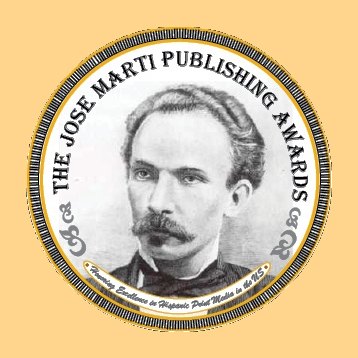
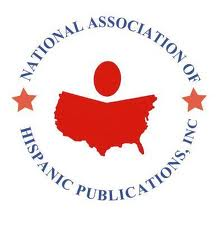

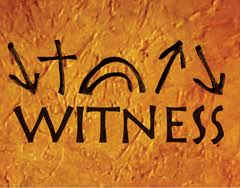

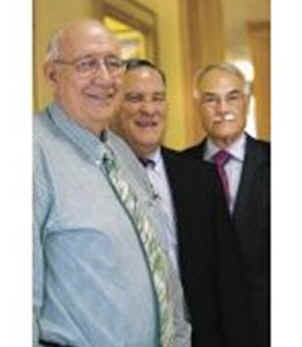
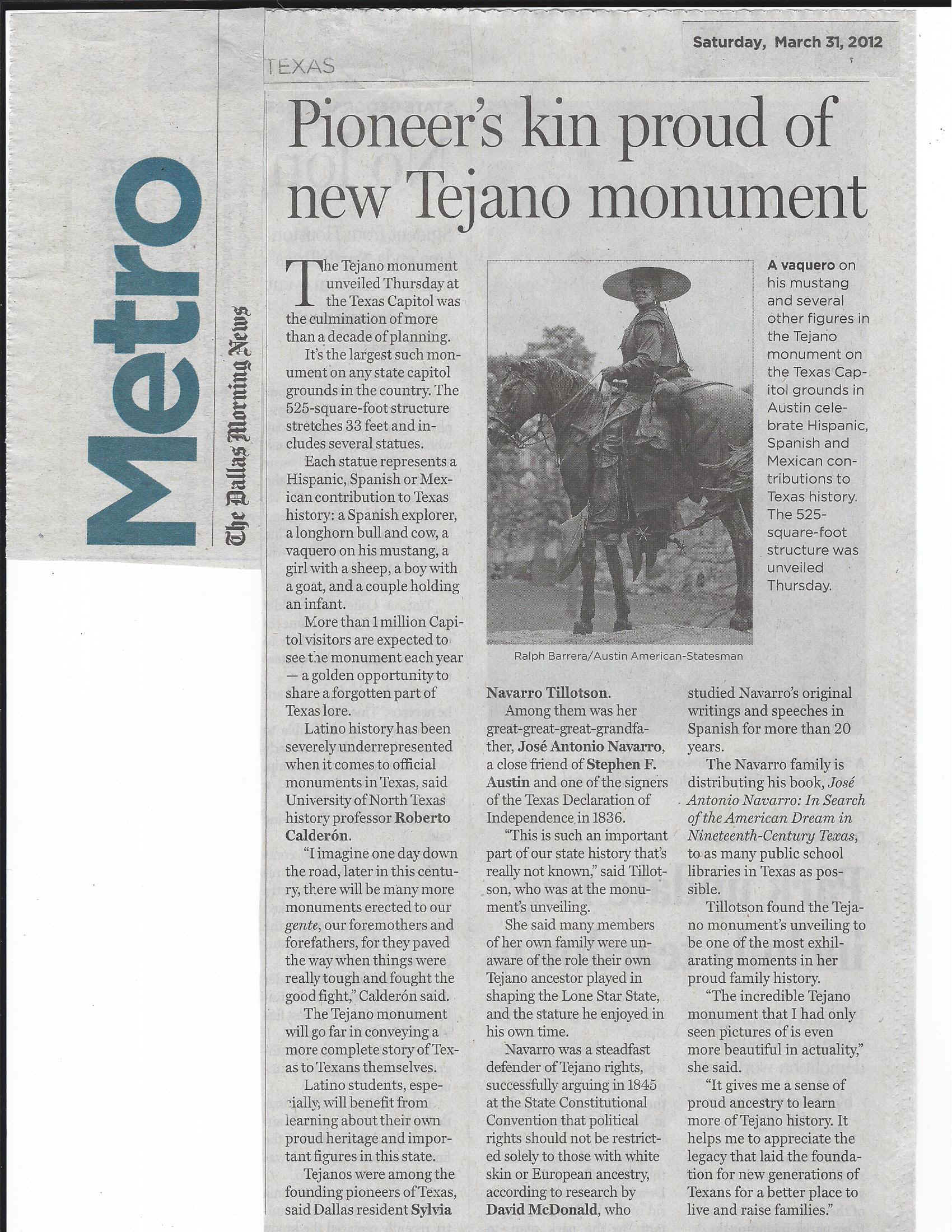


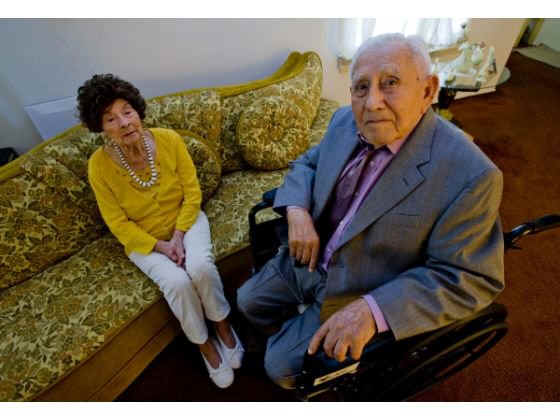
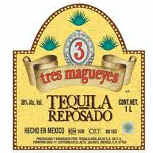 ulio Gonzalez Estrada, recognized around the world by the name that graces his most famous tequila, Don Julio, passed away last week at the age of 87. Gonzalez was the real deal, growing up working the fields with his family and starting his own distillery, Tres Magueyes, in 1942 at the age of 17. Not given to drinking tequila himself so much as tasting it, Gonzalez launched what is considered the first luxury tequila, Don Julio, in 1987. He partnered with the Seagram Company Ltd. in 1999 and later sold all of his shares to Londons Diageo PLC in 2005. Gonzalez leaves behind nine children, 25 grandchildren and 14 great-grandchildren.
ulio Gonzalez Estrada, recognized around the world by the name that graces his most famous tequila, Don Julio, passed away last week at the age of 87. Gonzalez was the real deal, growing up working the fields with his family and starting his own distillery, Tres Magueyes, in 1942 at the age of 17. Not given to drinking tequila himself so much as tasting it, Gonzalez launched what is considered the first luxury tequila, Don Julio, in 1987. He partnered with the Seagram Company Ltd. in 1999 and later sold all of his shares to Londons Diageo PLC in 2005. Gonzalez leaves behind nine children, 25 grandchildren and 14 great-grandchildren.
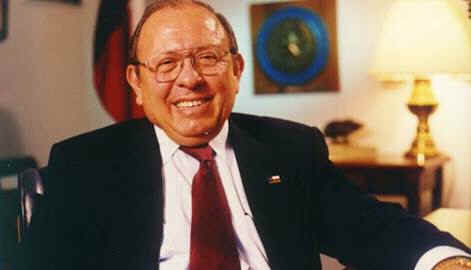
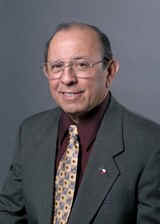
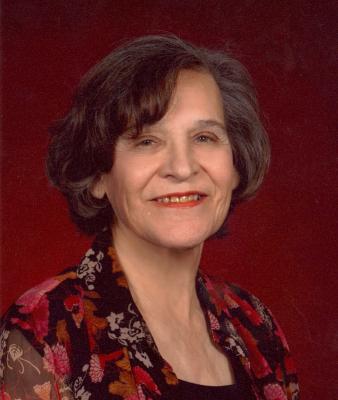
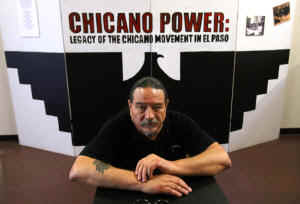

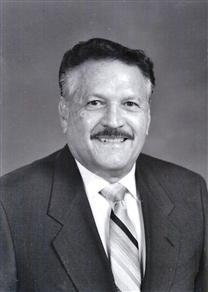

 A former Navy chaplain who fights to defend religious freedom says it's an outrage that Air Force officials appear ready to remove a requirement for Bibles to be placed in on-base lodging rooms.
A former Navy chaplain who fights to defend religious freedom says it's an outrage that Air Force officials appear ready to remove a requirement for Bibles to be placed in on-base lodging rooms.
 Executives
of one of the largest public television documentary series on
Latinos to come around in decades say they cant find a qualified
Latino director for their recreations and are instead bringing a
former Director for the BBC, David Belton, for the position.
"Latino Americans," a series which aims to chronicle
the experience, influence and impact of Latinos, is a
production of WETA. Interim Executive Director Beni Matías of NALIP
expressed our concern over this decision, and we include here a
letter from the series executives, and our Board's response. We ask
you to join in the dialogue by writing to us at
Executives
of one of the largest public television documentary series on
Latinos to come around in decades say they cant find a qualified
Latino director for their recreations and are instead bringing a
former Director for the BBC, David Belton, for the position.
"Latino Americans," a series which aims to chronicle
the experience, influence and impact of Latinos, is a
production of WETA. Interim Executive Director Beni Matías of NALIP
expressed our concern over this decision, and we include here a
letter from the series executives, and our Board's response. We ask
you to join in the dialogue by writing to us at 

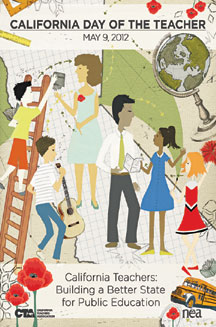


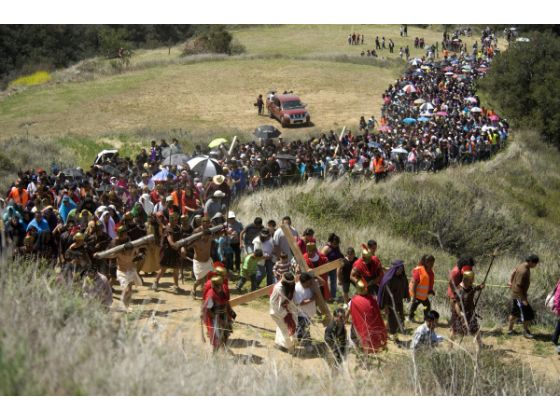

 Dan Lynch said this image of
Our Lady of Guadalupe is one of 100 authorized/digitalized images of our Lady based on the original one in Mexico City. You'll notice the cross above her fingers. Dan brought that to our attention. The various other symbols represented in this miraculous image including her blocking out the sun, her power over the moon at her fee, the constellation on her beautiful tilma (unknown color of the time), her mestiza
(morena/brown) skin color, etc. impressed the Aztecs (and other tribes) to the point 10,000,000 converted to the Catholic faith. Take a minute to look at our Lady's face that seems to be alive. . .
Dan Lynch said this image of
Our Lady of Guadalupe is one of 100 authorized/digitalized images of our Lady based on the original one in Mexico City. You'll notice the cross above her fingers. Dan brought that to our attention. The various other symbols represented in this miraculous image including her blocking out the sun, her power over the moon at her fee, the constellation on her beautiful tilma (unknown color of the time), her mestiza
(morena/brown) skin color, etc. impressed the Aztecs (and other tribes) to the point 10,000,000 converted to the Catholic faith. Take a minute to look at our Lady's face that seems to be alive. . .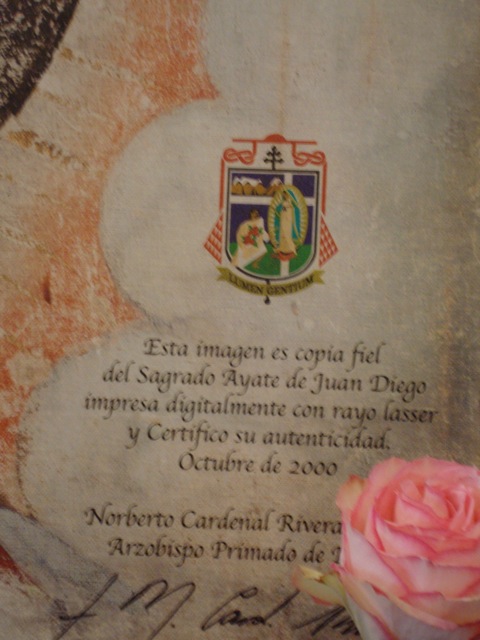



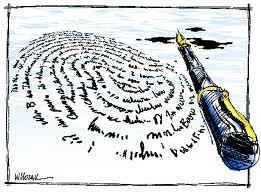
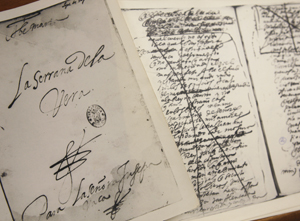
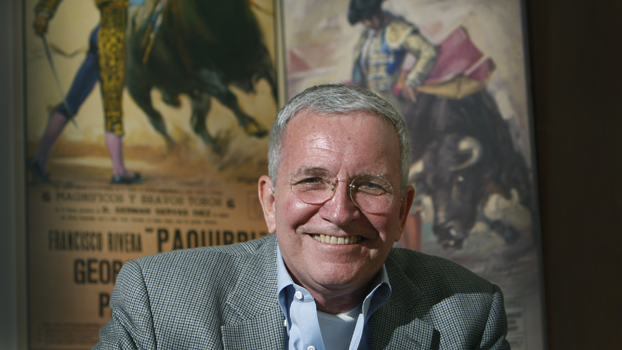 More
than three decades ago, when Peale was an assistant professor at the
University of Kansas, he was invited to research the Spanish
playwright by the late scholar William R. Manson, an assistant
professor of Spanish at the University of Arizona who had been
researching Vélez de Guevara for years. Together, they pored over
scores of photocopies of Vélez de Guevara's plays, most of them
unpublished.
More
than three decades ago, when Peale was an assistant professor at the
University of Kansas, he was invited to research the Spanish
playwright by the late scholar William R. Manson, an assistant
professor of Spanish at the University of Arizona who had been
researching Vélez de Guevara for years. Together, they pored over
scores of photocopies of Vélez de Guevara's plays, most of them
unpublished.
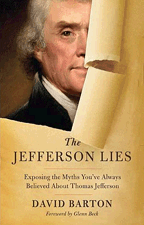
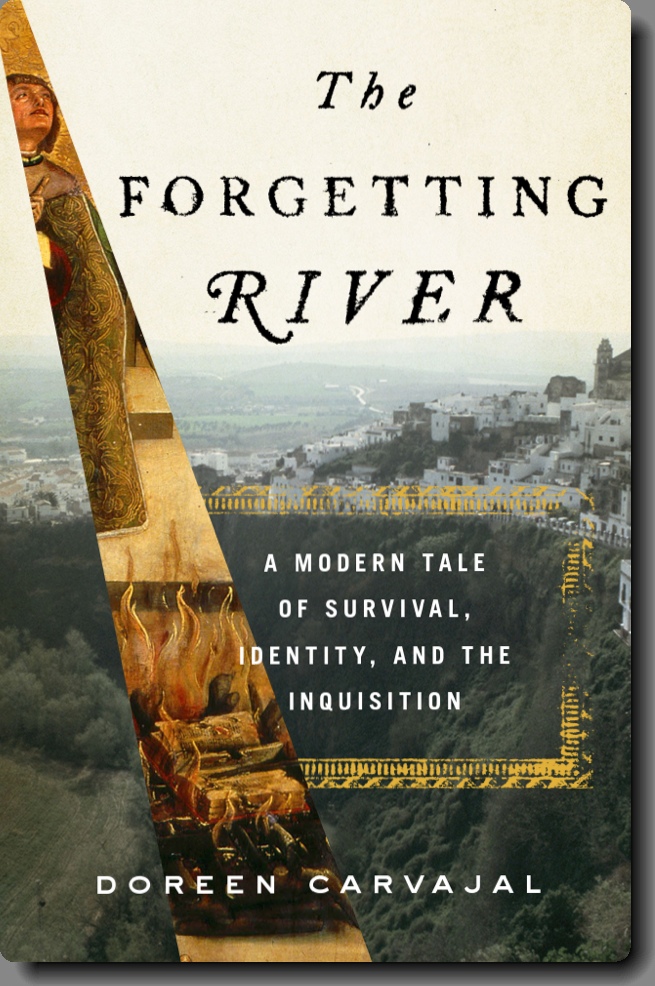
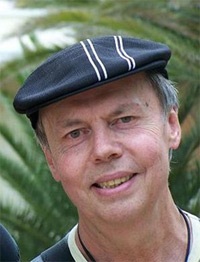
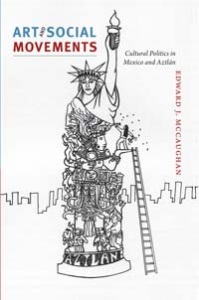
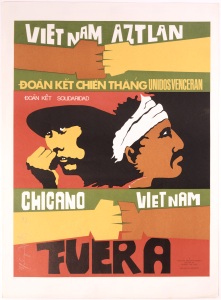

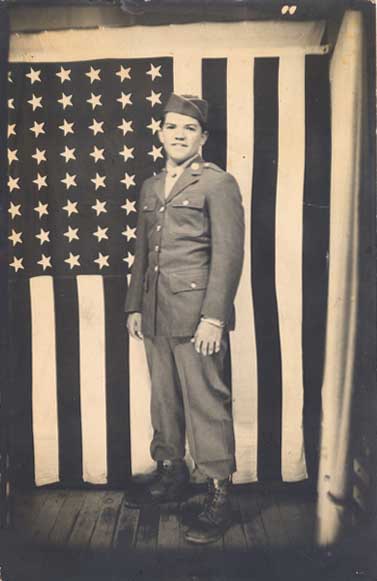
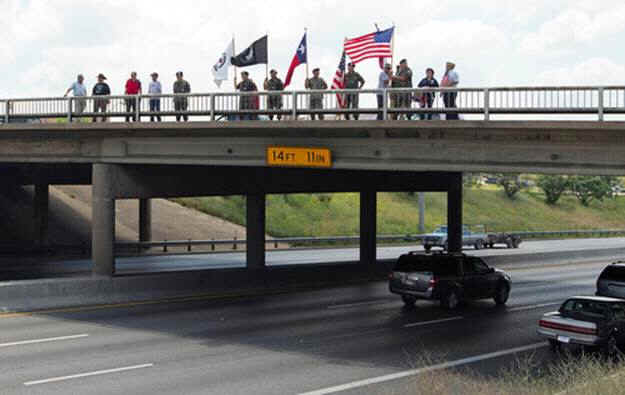
 Kelly
Shackelford, president of Liberty Institute. "We've got
now a step closer to I think what will be a great victory for
our veterans," he tells Associated Press. "We now
have a final order from the court, and it's just a matter now
of getting the land transferred -- and as soon as that
happens, the veterans are going to put that memorial back up
as it has been since 1934."
Kelly
Shackelford, president of Liberty Institute. "We've got
now a step closer to I think what will be a great victory for
our veterans," he tells Associated Press. "We now
have a final order from the court, and it's just a matter now
of getting the land transferred -- and as soon as that
happens, the veterans are going to put that memorial back up
as it has been since 1934."
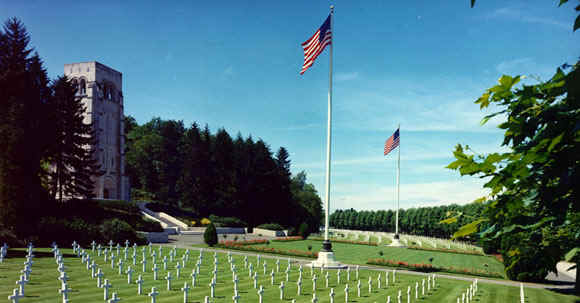

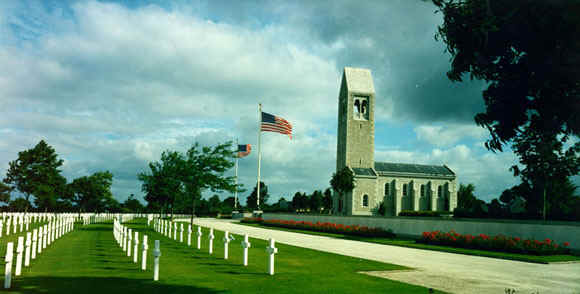
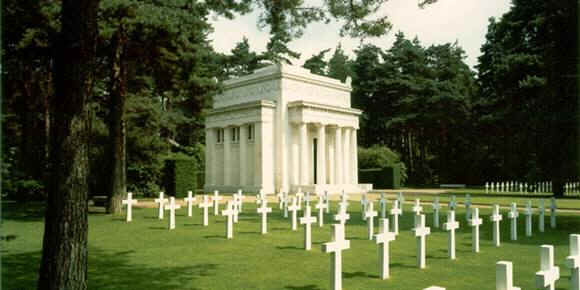

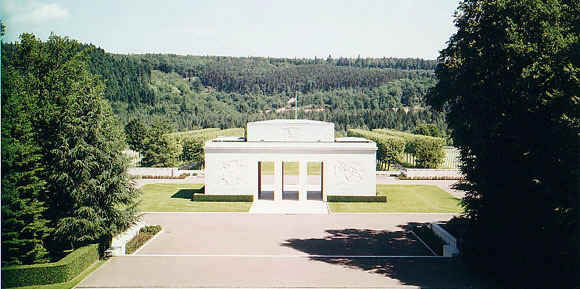

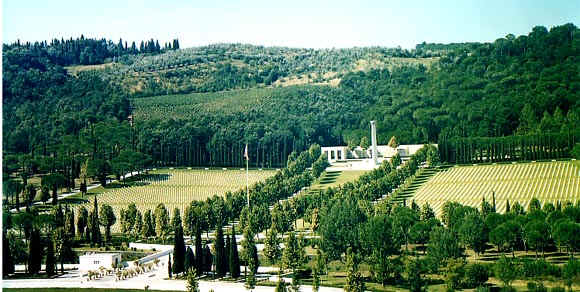
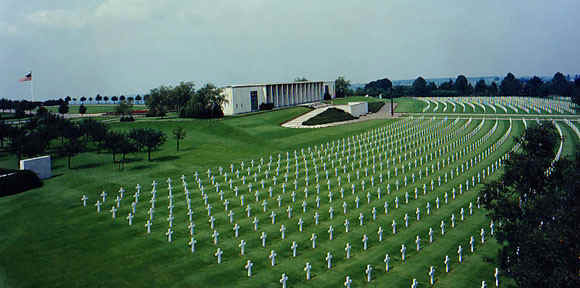




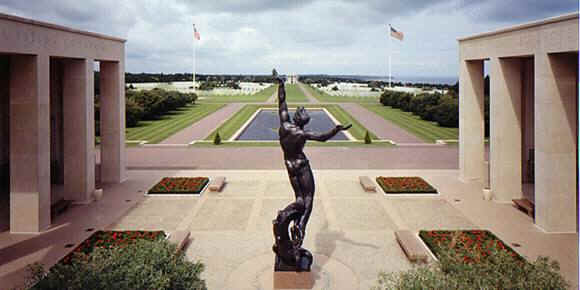

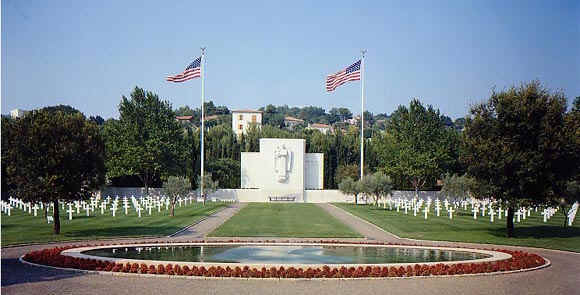
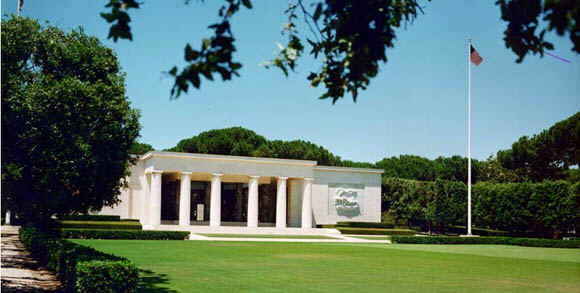
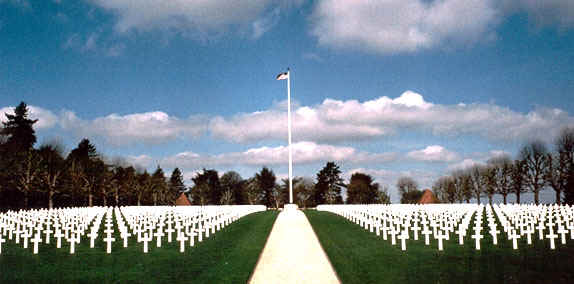

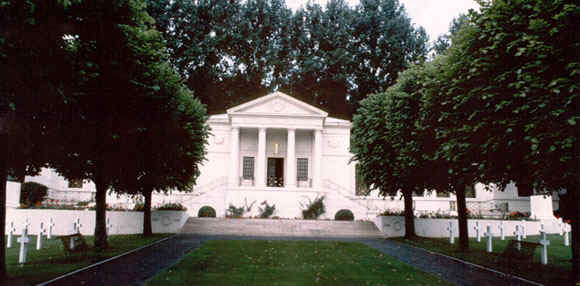
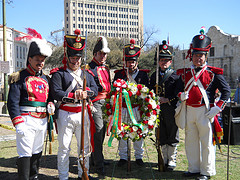
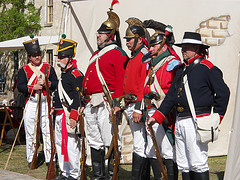
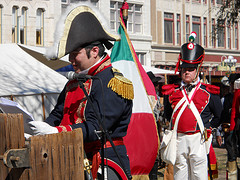
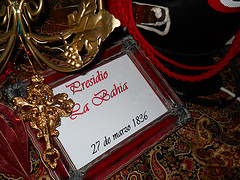 General
Santa Anna sent General Jose Urrea marching into Texas from
Matamoros, to make his way north along the coast of Texas. On March
19, General Urrea had quickly advanced and surrounded 300 men in the
Texian Army on the open prairie, near La Bahia (Goliad). A two day
battle of Coleto ensued with the Texians holding their own on the
first day. However, the Mexicans would receive overwhelming
reinforcements and heavy artillery. Due to their critical
predicament, Colonel James Fannin and his staff had voted to
surrender the Texian forces on the 20th. Led to believe that they
would be released into the United States, they returned to their
former fort in Goliad, now being their prison.
General
Santa Anna sent General Jose Urrea marching into Texas from
Matamoros, to make his way north along the coast of Texas. On March
19, General Urrea had quickly advanced and surrounded 300 men in the
Texian Army on the open prairie, near La Bahia (Goliad). A two day
battle of Coleto ensued with the Texians holding their own on the
first day. However, the Mexicans would receive overwhelming
reinforcements and heavy artillery. Due to their critical
predicament, Colonel James Fannin and his staff had voted to
surrender the Texian forces on the 20th. Led to believe that they
would be released into the United States, they returned to their
former fort in Goliad, now being their prison. 